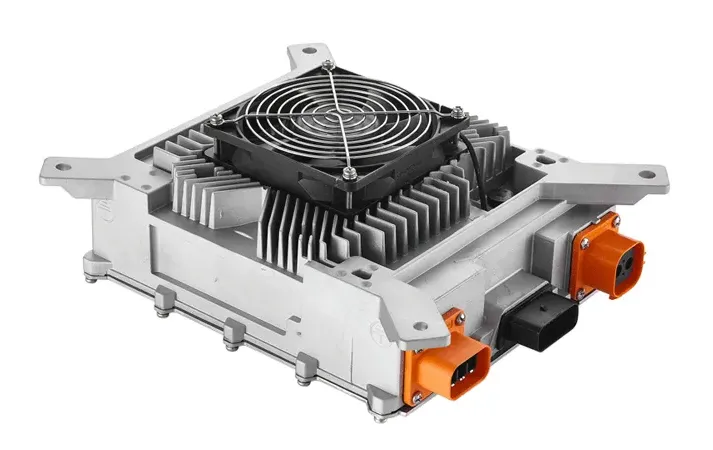The Dangers of Incorrectly Connecting a Battery Charger
Oct 10,2023 | TCcharger
| Battery chargers are essential tools for keeping our devices and vehicles powered up and functional. However, connecting a battery charger incorrectly can have serious consequences, potentially causing damage to the battery, the charger, and even posing a safety risk. In this blog post, we'll explore what happens when a battery charger is connected the wrong way and the potential dangers associated with this mistake. |  |
-
Reverse Polarity: When a battery charger is connected incorrectly, meaning the positive and negative terminals are reversed, it results in a reverse polarity situation. In a typical battery setup, connecting the positive charger lead to the negative battery terminal and vice versa can cause severe damage.
-
Battery Damage: Reversing the polarity can cause the battery to discharge rapidly, potentially leading to overheating, leakage of harmful chemicals, or in some cases, an explosion. The battery's internal chemistry and structure are designed to function with a specific polarity, and reversing this disrupts the process, damaging the battery.
-
Charger Damage: Connecting the charger incorrectly can also damage the charger itself. Most modern chargers have safety mechanisms built in to prevent reverse polarity, but these measures are not foolproof. The reversed flow of current can overload the charger's circuitry, damaging its internal components and rendering it useless.
-
Fire Hazard: One of the most significant dangers of incorrectly connecting a battery charger is the potential for a fire. The reverse polarity can cause a rapid discharge of energy, generating excessive heat. This heat can ignite flammable materials nearby, posing a significant fire risk.
-
Safety Precautions: To prevent these risks, always double-check the connections before plugging in a battery charger. Ensure that the positive charger lead is connected to the positive battery terminal and the negative charger lead is connected to the negative terminal. Follow the manufacturer's instructions carefully and use caution to avoid errors.
-
Seek Professional Help: If you mistakenly connect a battery charger incorrectly, it's crucial to seek professional help. Do not attempt to rectify the situation on your own, as dealing with electrical components and potentially hazardous situations requires expertise and safety precautions.
Conclusion: Correctly connecting a battery charger is vital for the safety of both the charger and the battery being charged. Reversing the polarity can cause significant damage to the battery, charger, and even pose a fire risk. Always exercise caution and follow proper procedures to ensure a safe and efficient charging process. If a mistake occurs, seek professional assistance to rectify the situation and prevent further damage.



